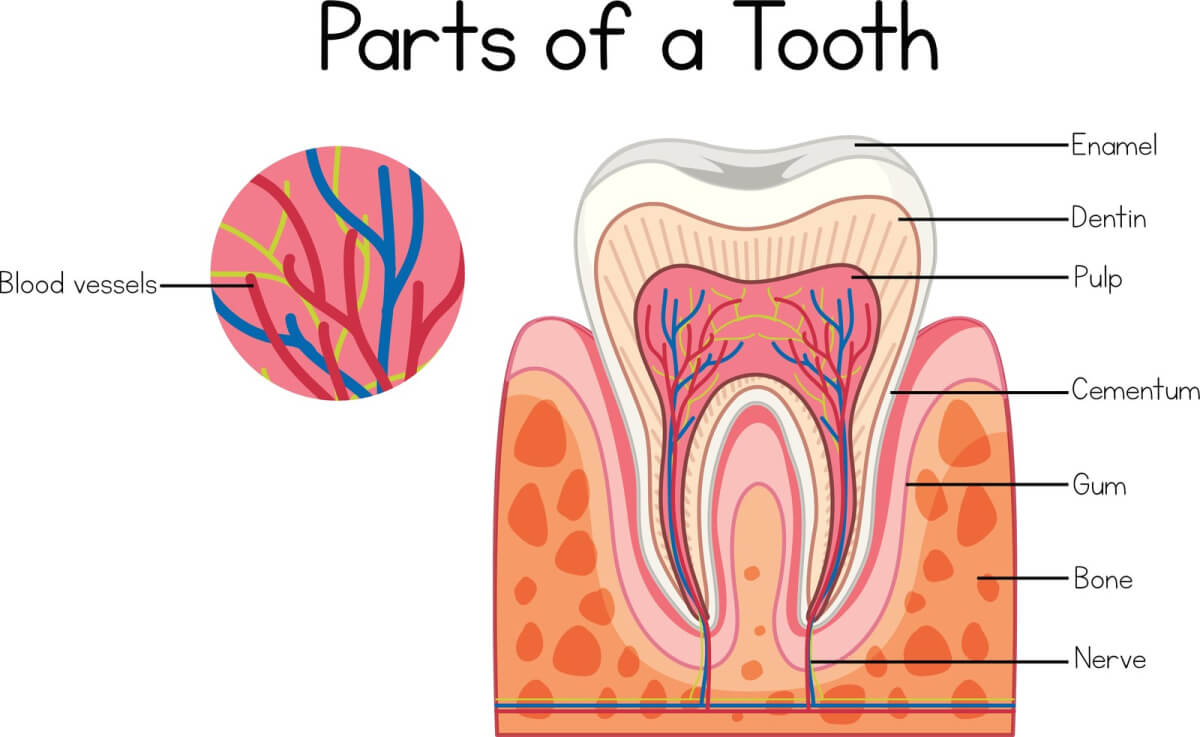Do you have a tooth infection or abscess? Getting a root canal near you is an effective and safe way to eliminate your pain and keep your tooth healthy. While root canals have a bad reputation for being a painful dental procedure, the truth is that when a root canal is performed by a qualified dentist in West st Paul, the procedure actually alleviates pain and provides even more benefits, such as:
- Elimination of jaw pain and toothache
- Restored functionality
- Enhanced smile
- Elimination of infection and protection of your oral health
In this blog, our team at All Seasons Dental Clinic tells you what to expect during a root canal procedure and how to ensure a painless and quick recovery.
What Happens During a Root Canal?
If you have an abscessed tooth, a dentist near you will likely recommend that you get a root canal. An abscessed tooth is an infection in the center of the tooth caused by an untreated injury or cavity, and without treatment, it can cause tooth loss.
Here is what you can expect when you undergo a root canal in Winnipeg:
1 Administration of Anesthesia
Your dentist will use a small needle to administer local anesthesia to the affected area to ensure that you do not feel any pain. Next, they may place a rubber dam over your gums to isolate your tooth and ensure it remains clean and dry during the procedure.
2 Drilling a Hole
Your dentist will need to drill a small hole into the open portion of your tooth to access the infected or decayed pulp in the middle.
3 Clearing Away Diseased Pulp
Your dentist will use small files to clear away any diseased or damaged pulp from the interior of the tooth. They will rinse the inner portion of your tooth with water to completely disinfect it and add an antibacterial solution to kill any lingering bacteria and reduce your risk of developing a further infection.
4 Filling
Once the area has been dried and cleaned, your dentist will fill it with a rubber-like filling material. They will then close the opening while you wait for your permanent dental crown to be manufactured.
5 Placement of the Dental Crown
After a few weeks, your permanent dental crown will be ready, and you will be invited back to the dental office where your dentist will place the crown. The crown is necessary to protect and strengthen your tooth.
Recovering From a Root Canal
After getting a root canal, you may notice a small amount of tooth pain and sensitivity. You may also notice some roughness around the affected tooth, but all of these symptoms will subside as you heal. Your dentist may recommend a pain-reliever to help with your inflammation and discomfort and encourage the healing process.
You will need to avoid hard, sticky, and crunchy foods for the first while after treatment until you get your permanent dental crown, as they can dislodge the filling material and allow bacteria to reinfect the tooth.
If you notice lingering discomfort or persistent, worsening pain, schedule a checkup with your dentist.
Maintaining Your Results
It is very important that after your root canal treatment, you maintain an excellent oral hygiene routine. This means brushing twice a day and flossing once per day. You also need to visit your dentist at least once every six months for professional cleanings and checkups.

